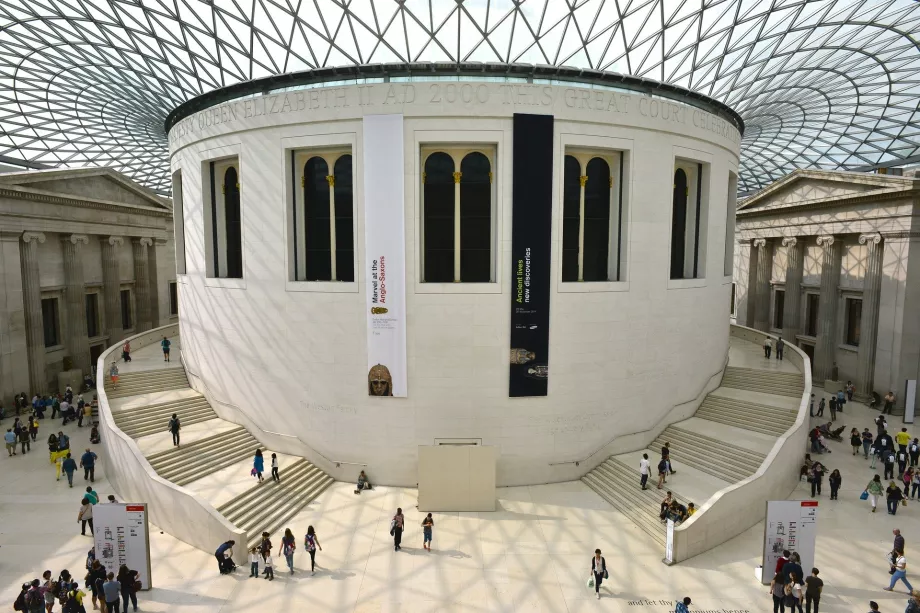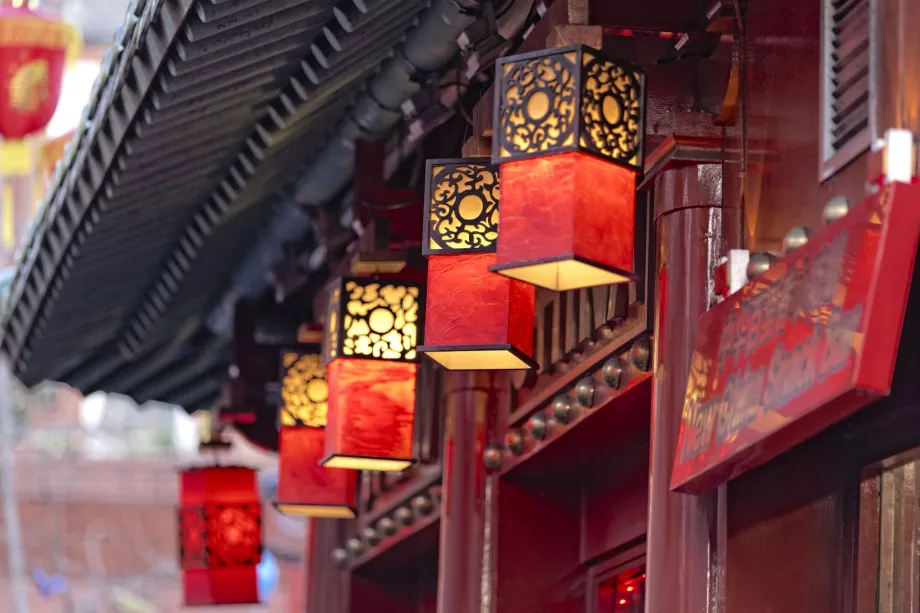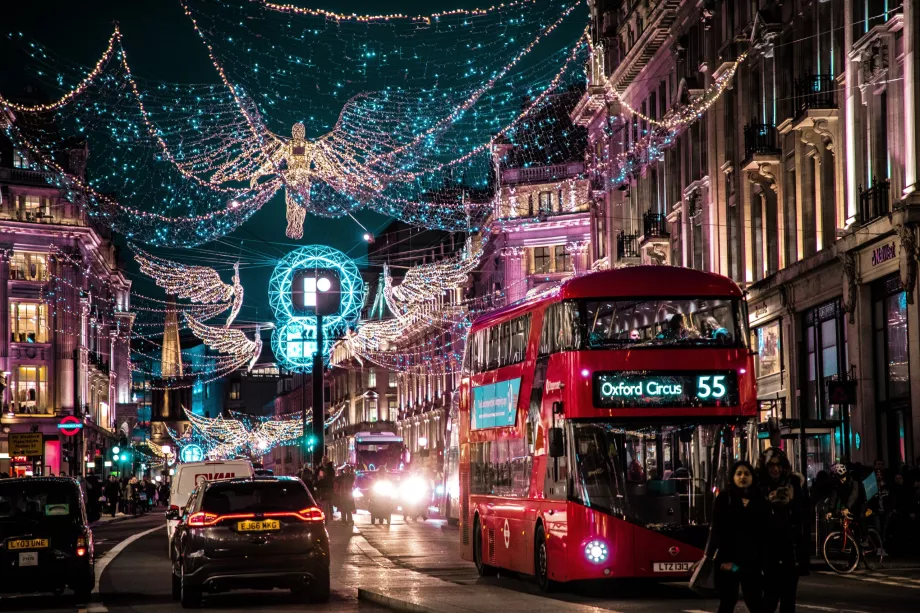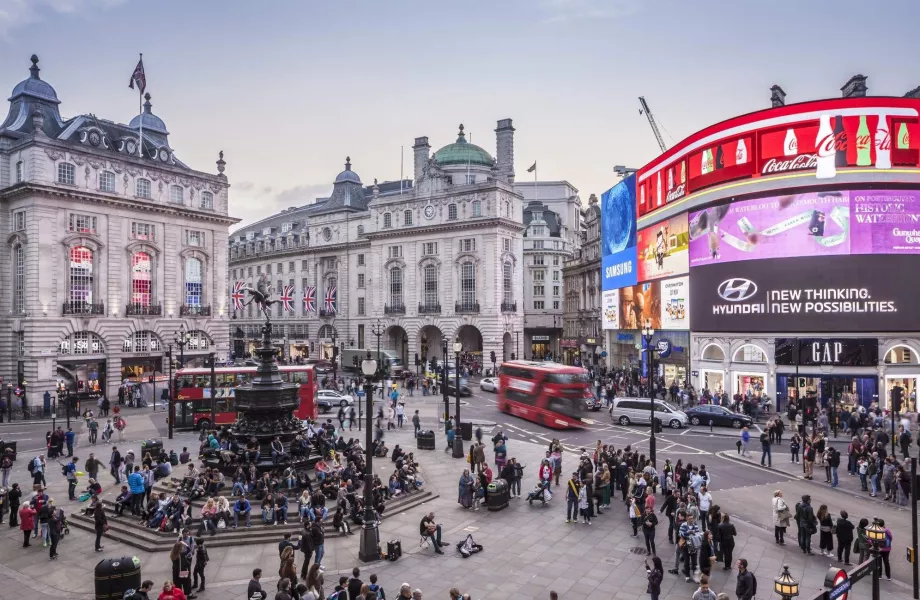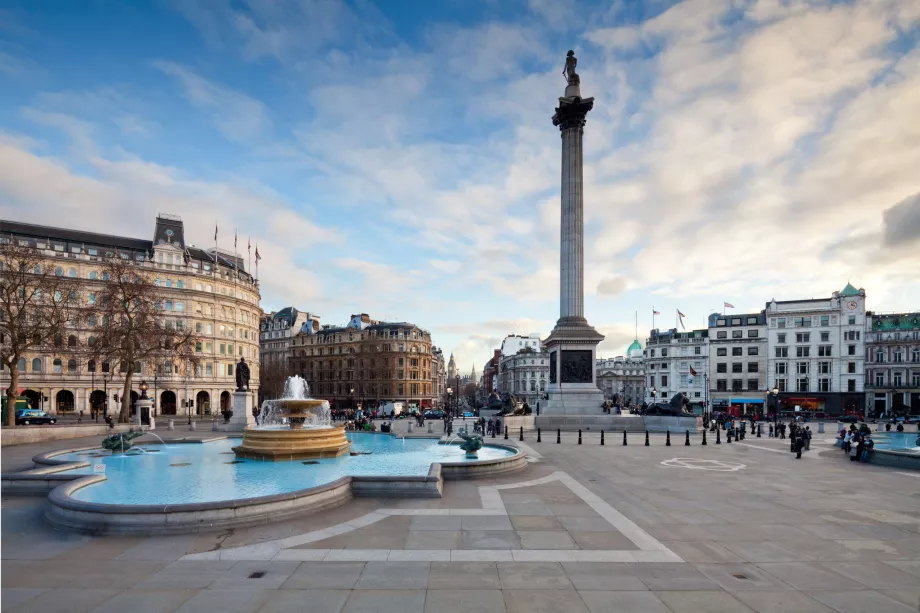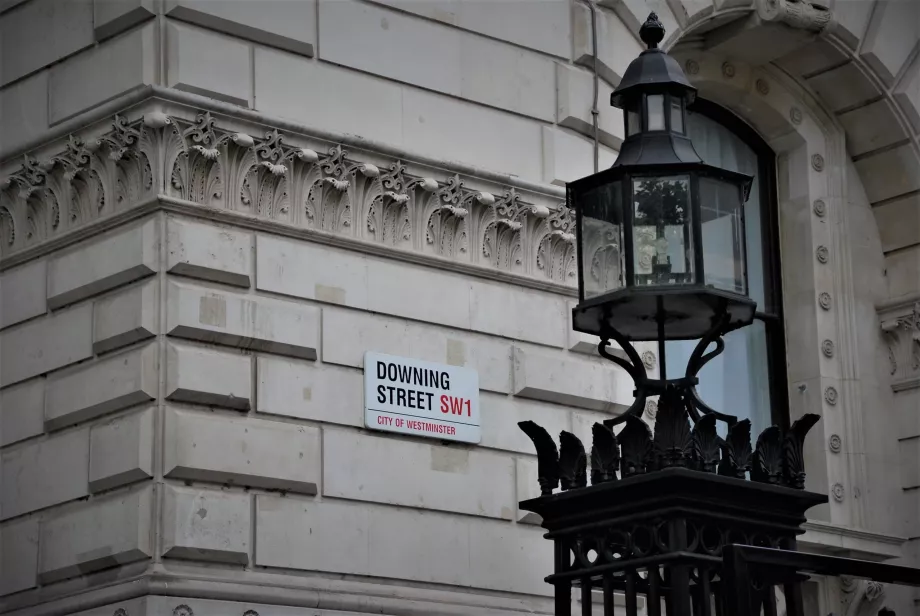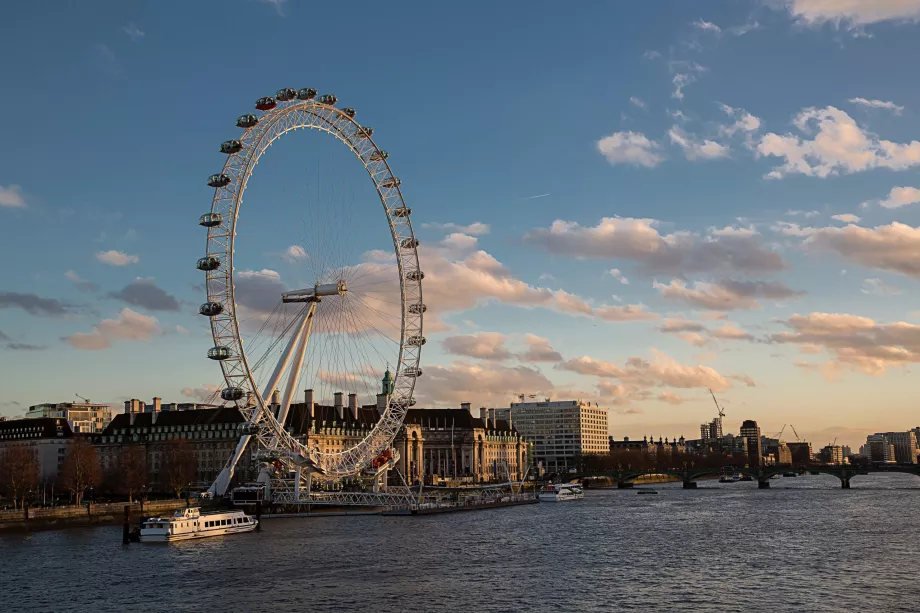British Museum
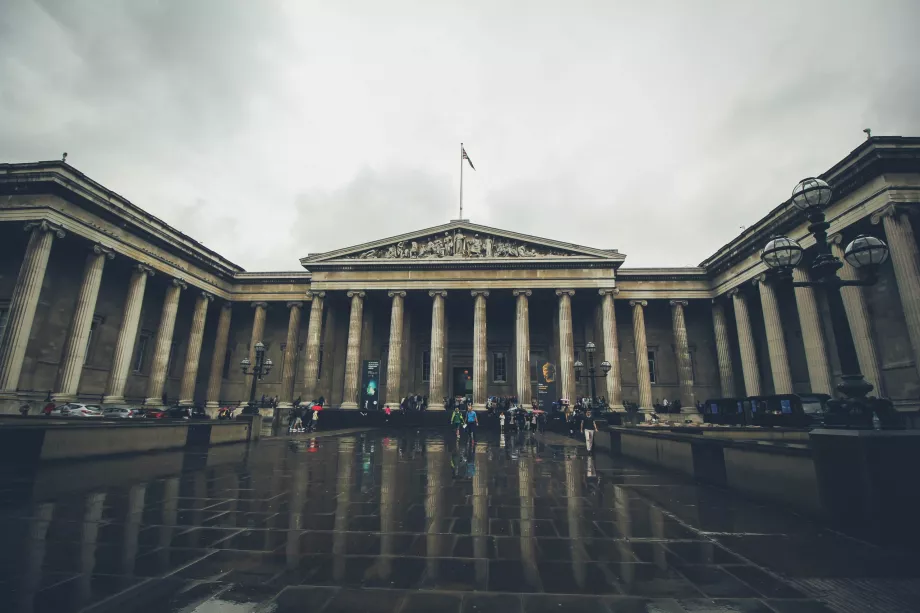
With more than 8 million exhibits, the British Museum is one of the largest in the world. It is also one of the world's most respected and celebrated museums of history and culture, and is the oldest major public museum in Britain today.
The British Museum opened its doors to the public in 1753 and in its time has managed to amass valuable collections that tourists from all over the world head to see. The museum covers almost 2 million years of world history, from natural science to sociology and anthropology.
The museum's collections or What to see?
At the British Museum, you can literally follow the evolution of humanity and the Earth from its beginnings to the present day.
It wouldn't make any sense to list all the collections and sections of the British Museum here, but it's good to get an idea of the most famous ones, which you definitely shouldn't miss.
The Department of Ancient Egypt and the Sudan
The British Museum houses the largest and most comprehensive collection of artefacts, art and antiquities from both ancient Egypt and neighbouring Sudan. Outside the Egyptian Museum in Cairo, the collection here is by far the most extensive in the world.
Egypt's collections represent all the cultures of the Nile Valley, including the Nubian, which not many of the world's museums are dedicated to.
Highlights include the Rosetta Plaque, which became the key to deciphering Egyptian hieroglyphics, the colossal statue of the Egyptian pharaoh Amenhotep II, and the bust of Ramesses II.
The separation of ancient Greece and Rome
With more than 100,000 objects, the collection of antiquities is also one of the most important and largest in the world, covering a wide period from the Bronze Age to the establishment of Christianity. Highlights include the Parthenon Marbles from the Acropolis of Athens, many ancient sculptures and building remains from across the Roman and Greek regions.
Renaissance
In its bowels, the British Museum also houses one of the most important Renaissance galleries containing paintings by Titian or drawings by artists such as Albrecht Durer, Leonardo da Vinci, Michelangelo and Raffael Santi.
Department of World Cultures
Within Europe, the British Museum boasts unusually rich and numerous collections of cultures from all over the world.
Separate departments offer a glimpse of lesser-known cultures from Asia, Africa, Oceania and the Americas.
For a full list of all the collections, visit the museum's official website: britishmuseum.org/collection.
Museum building
The British Museum building itself is one of London's most famous landmarks and is probably the most striking example of historicism in the British Isles. In fact, the main facade of the building is inspired by a Greek temple dedicated to the goddess Athena and is decorated with 44 Ionic columns.
Almost immediately after the major refurbishment, the 2000 rebuilding of the museum's central canopy by Foster and Partners became one of London's icons.
Admission and opening times
The British Museum still maintains a policy of complete openness to all. Tickets to all exhibitions are available free of charge.
However, it is still advisable to book a ticket for a specific time via britishmuseum.org/visit to ensure you can get into the museum.
Weekends in particular are often completely full and if you arrive blind, you may not get into the museum at all.
The museum isopen daily from 10:00-17:00, and until 20:30 on Fridays. Last admission is 15 minutes before closing time.
Official website: www.britishmuseum.org
How to get to the British Museum?
The British Museum is located right in central London on the edge of Russell Square. It is within a 30-minute walk of most central London landmarks.
Nearest tube station:
- Tottenham Court Road - 200 metres, where the Central and Northern lines cross.
- Russel Square - 250 metres, Piccadilly Line
- Goodge Street - 350 metres, Northern line
Nearest bus stops:
- Russel Square - 250 metres, line 14
Accommodation at the British Museum
Many tourists set aside two full days to visit the British Museum and choose their accommodation accordingly. Due to the location right in the centre, you need to take into account the prices of nearby hotels starting at 165 eur per night in a 2-bed room. Some of the cheapest hotels in the area include the Morgan Hotel or the Cheshire Hotel Central London.
If you prefer maximum convenience and accommodation right outside the museum entrance, choose the Radisson Blu Hotel, London Bloomsbury ****.
What to see around
Discover all the places to see in London.
Any questions left?
If you have any questions or comments about the article...

